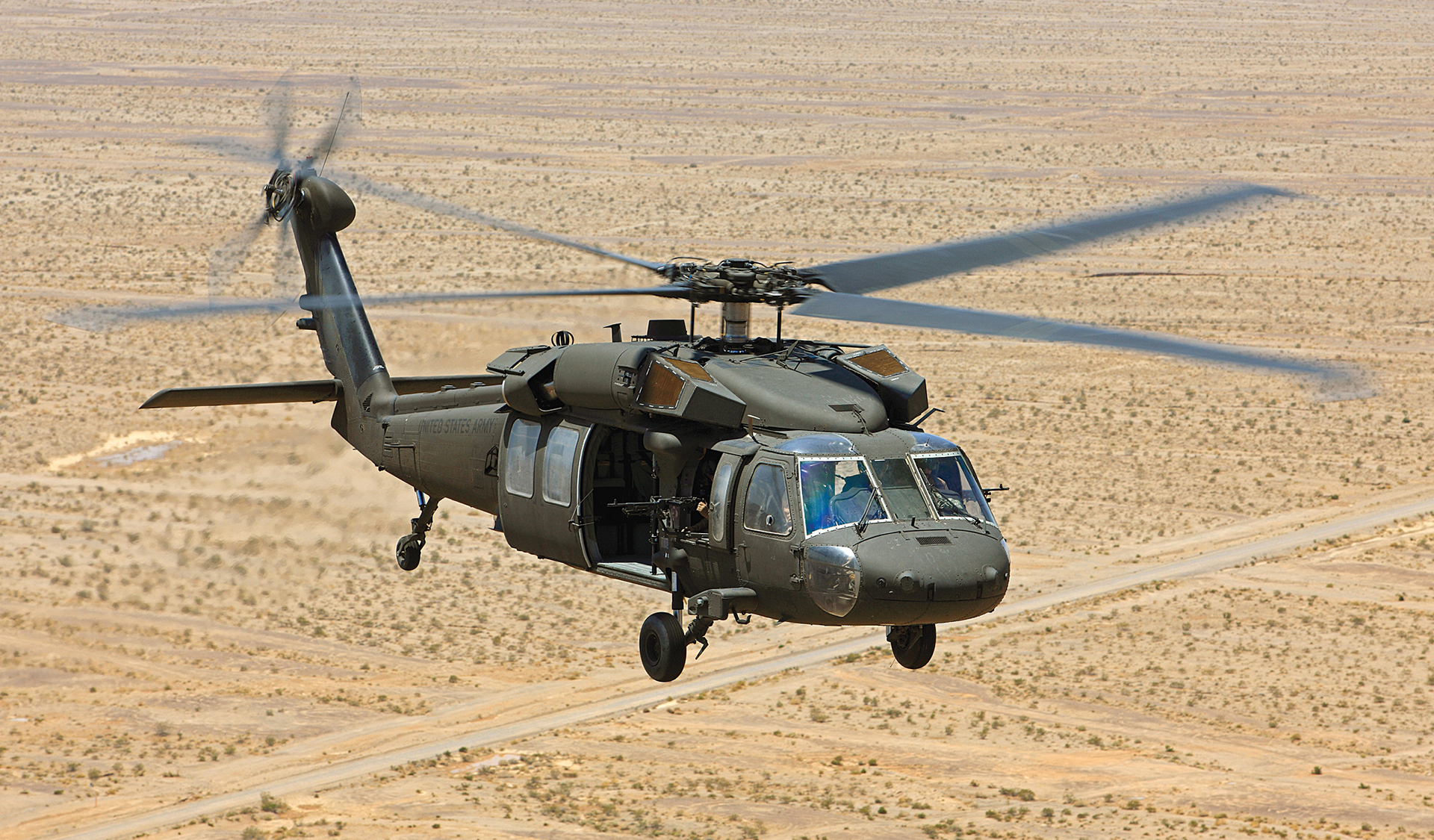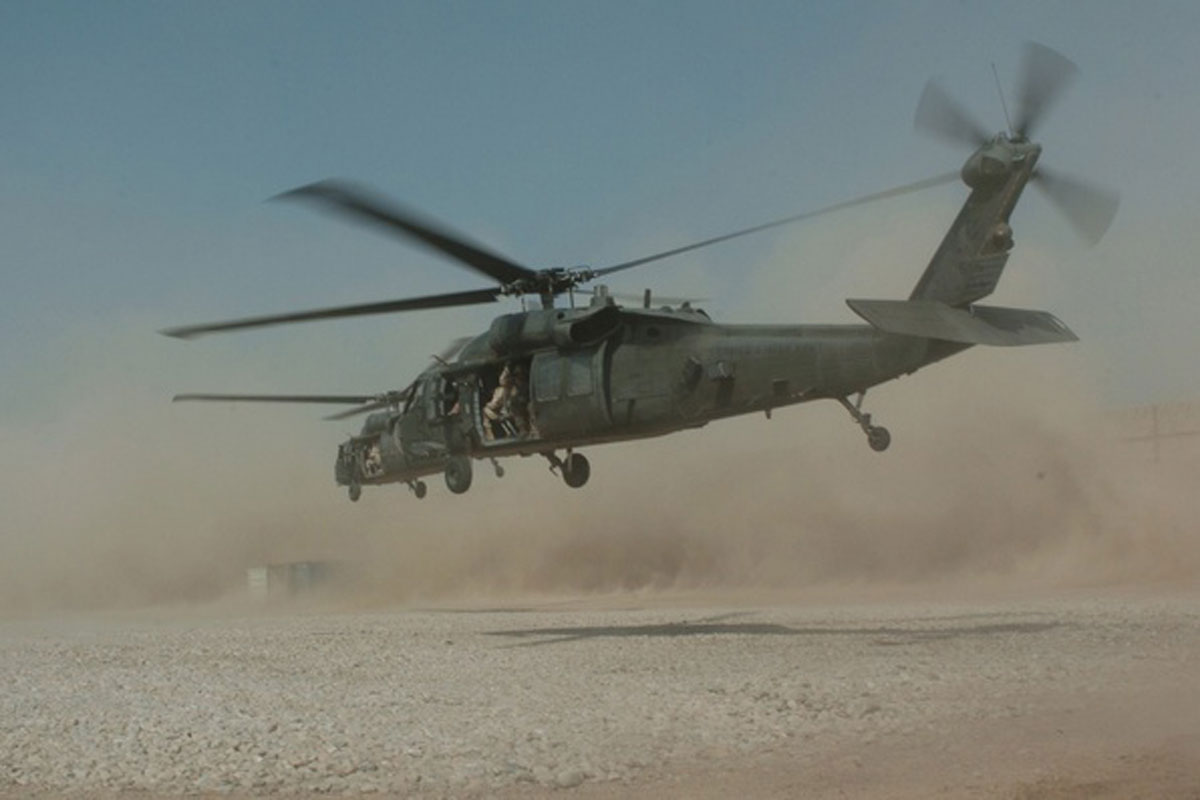Understanding the Mechanics and Design Behind Uh 60 Helicopters
The UH-60 helicopter, typically understood as the Black Hawk, stands as a peak of contemporary rotorcraft modern technology, personifying a mix of robust design and intricate mechanics. As we peel back the layers of the UH-60's style, a world of detailed systems and thorough engineering comes to light.
History of UH-60 Helicopters
The background of UH-60 helicopters traces back to the late 1970s when the USA Military looked for a sophisticated and flexible utility helicopter to replace its aging fleet. In response to this need, the Sikorsky Airplane Firm created the UH-60 Black Hawk helicopter. Presented in 1979, the UH-60 swiftly came to be a staple in army procedures due to its outstanding capacities.
The UH-60 was made to succeed in a selection of objectives, including troop transport, medical emptying, digital warfare, and special operations. Its capability to adjust to various roles made it an important possession to the united state Army and various other army forces around the globe
Over the years, the UH-60 system has actually undertaken several upgrades and variants to boost its efficiency and equal developing mission needs. These helicopters have seen comprehensive solution in problems such as the Gulf Battle, Afghanistan, and Iraq, showcasing their dependability and convenience in varied operational settings. The UH-60's rich history is a testimony to its long-lasting legacy as a top energy helicopter.

Engine and Power Equipments
Making use of innovative propulsion innovation, UH-60 helicopters are furnished with sophisticated engine and power systems to guarantee ideal efficiency and dependability in a variety of operational scenarios. The UH-60, frequently called the Black Hawk, is powered by two General Electric T700-GE-701D engines, each efficient in supplying up to 1,940 shaft horse power. These turboshaft engines provide the necessary thrust for the helicopter to perform its goals properly, including troop transportation, medical discharge, and battle assistance.

Blades System and The Rules Of Aerodynamics
Just how do the rotor system and the rules of aerodynamics of UH-60 helicopters contribute to their functional effectiveness and trip capabilities? The blades system of the UH-60 helicopter plays a crucial duty in giving lift and propulsion. The UH-60 includes a four-bladed, completely articulated rotor system that permits for high maneuverability and security during trip. This style allows the helicopter to carry out a vast array of objectives, from transport and medical emptying to deal with operations.
Aerodynamics likewise play a key duty in the performance of UH-60 helicopters. The structured body and blades blade style reduce drag, allowing the helicopter to attain greater speeds and far better fuel efficiency. The wind resistant layout of the UH-60 also contributes to its capacity to run in varied ecological conditions, consisting of high altitudes and hot temperatures.
Avionics and Flight Control Systems

In its complex coordination with the blades system and aerodynamics of UH-60 helicopters, the avionics and flight control systems create an important network of technologies shaping the airplane's operational abilities. In the UH-60, these systems consist of electronic displays, interaction radios, General practitioner navigating, weather radar, and autopilot systems.
The flight control systems of the UH-60 are in charge of converting the pilot's inputs into the proper changes to the rotor system, making sure stable trip and maneuverability. These systems are composed of hydraulic actuators, servos, and computers that interact to manage the tail and primary rotors, in addition to other flight control surfaces. By exactly taking care of the helicopter's flight characteristics, these systems enable pilots to carry out a large range of objectives, from transportation and search-and-rescue to battle procedures, with accuracy and self-confidence.
Function and Applications in Air Travel
Avionics systems in UH-60 helicopters encompass an array of digital systems that aid in navigation, interaction, tracking, and controlling different aircraft features. These systems consist of digital displays, auto-pilot systems, communication radios, General practitioner navigating equipment, and climate radar. Additionally, these systems integrate safety and security features such as autopilot settings, surface awareness alerting systems, Home Page and security augmentation systems to improve the total safety and security and operational abilities of the UH-60 helicopters in numerous missions, including troop transportation, clinical discharge, search and rescue, and aerial firefighting.
Final Thought
In verdict, the UH-60 helicopter is a flexible airplane with a rich history and advanced design. Its engine and power systems, rotor system, the rules of aerodynamics, avionics, and trip control systems all collaborate to make it a trusted and efficient device. The UH-60's role and applications in air travel are vast, ranging from military procedures to search and save goals. Its proceeded development and use show its importance in the area of aeronautics (uh 60).
In its elaborate sychronisation with the rotor system and aerodynamics of UH-60 helicopters, the avionics and flight control systems develop internet a critical network of modern technologies forming the airplane's functional abilities.The flight control systems of the UH-60 are accountable for equating the pilot's inputs into the appropriate adjustments to the rotor system, making certain steady flight and ability to move. Avionics systems in UH-60 helicopters include a variety of electronic systems that help in navigating, communication, surveillance, and regulating numerous airplane features. Additionally, these systems incorporate safety attributes such as autopilot settings, surface awareness advising systems, and stability augmentation systems to boost the general safety and functional capabilities of the UH-60 helicopters in numerous objectives, including army transportation, medical discharge, search and rescue, article source and aerial firefighting.
Its engine and power systems, blades system, the rules of aerodynamics, avionics, and trip control systems all function with each other to make it a efficient and trustworthy maker.